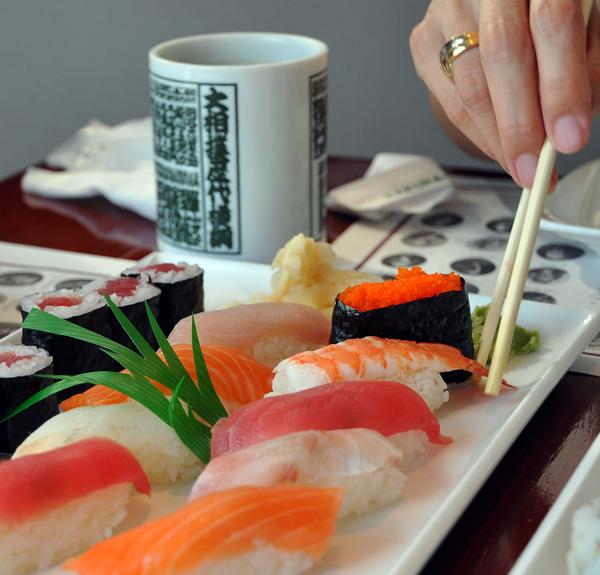Easy Food Photography Tip: Shoot Your Supper

Some have suggested that the ability to discern and identify colors is a crucial survival skill that saved our ancient ancestors from befriending poisonous snakes and consuming unripe fruit. At the very least we know that color perception helps prevent grandpa from getting into the wrong car in the supermarket parking lot when he’s out on a food foraging expedition.
Food that’s the wrong color is unappetizing, so we don’t eat it and thereby escape food poisoning. Ever wonder why some dinners are served by candlelight? Wonder no more—it has nothing to do with romance—it’s so that you can’t see the real color.
It’s fun to shoot your dinner. Some people post their repast on social media sites, and others save the images so they can remember what to order next time. I’ve made a habit of snapping supper wherever I travel—since nearly all travel has some sort of food consumption involved—and I associate the pictures forever with the trip.
You can use just about any camera, but never use a phone. The sushi pictured here was shot with a Nikon D90 and a Tamron 17-50mm f2.8 zoom. I don’t know why—it just happens to have been what I was carrying that afternoon when we stopped to eat some raw fish. It could have just as easily been a Canon with a Tamron 17-50mm f2.8 zoom. I use that lens so often that I have it in both mounts.
To make any feast look delicious be sure to use a manual White Balance setting on your digital camera. It takes just a minute to do, and 45 seconds of that is time spent rereading the owner’s manual. Using the correctly adjusted WB setting means your whites will be white, your reds will be red and your greens will still be just as tasteless as before, but at least the color will be correct.
Use the close-up setting if you’re using a compact camera. It’s the little icon that looks vaguely like a flower. (I wonder how meaningful that symbol is to people who live in the desert or on frozen tundra?)
Also, be wary because many of the new, popular compact cameras are equipped with zoom lenses that begin at the otherwise wonderful 24mm focal length. Do not, I repeat, do not photograph the person sitting 30 inches away from you on the other side of the table with a 24mm wideangle lens unless you want them to look like a toad’s eye view of a garden gnome. Wideangle lenses make noses (and anything else close to the camera) appear unnaturally large.
No—instead use that distortion to make your Nouvelle Cuisine salmon fillet appear humungous.
—Jon Sienkiewicz








































